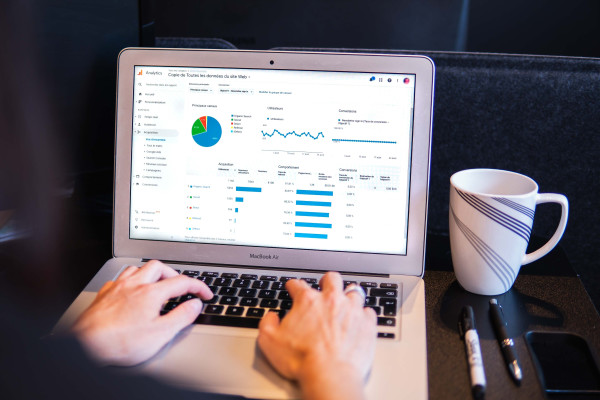Many pension providers and schemes may choose to offer a commercial dashboard, as will banks and other financial institutions. Financial advisers and planners might also decide to offer this to clients.
What information does someone have to put into a dashboard?
Verifying an individual’s identity will be critical. Dashboards will use the matching criteria of name, surname, date of birth and current address to achieve this.
Information will be sent to pension schemes, and they will use their records to determine if they have a match. If so, general information about the scheme should be sent back immediately.
Pension schemes, however, may not have a current postal address for all their members – especially the ones they have lost touch with. But they may have a national insurance number or an email address. Dashboards could strongly encourage (although they may have to stop short of forcing) people to input that data to help pension schemes match records to requests.
Partial matches
If a pension scheme can match some of the information, but not all of it, then they can return a message saying a partial match has been made and ask the individual to contact them to help complete the match. The Department for Work and Pensions has suggested pension schemes will have to resolve partial matches within 30 days.
What information will the dashboards show?
The dashboards will show general information about the pension scheme, including contact details and links to details about charges and any statement of investments.
It will show the current value of the pension built up. For a defined benefit scheme this will be the accrued pension. For a money purchase scheme the current value of the pot will be shown.
The PDP is also suggesting pension schemes convert this pot value into an annuity income, although it is unclear how this could work in practice.

The FCA will be setting the rules governing QPDS.
As well as showing the current value, the dashboard will also show the projected value of the pension at the retirement date.
For a money purchase scheme this will be the projected value of the pension pot based on an assumption all regular contributions continue, and with growth adjusted for inflation. This pot value is then converted into an estimated retirement income (ERI).
The current and projected values do not need to be calculated afresh for every request, they can be up to 12 months old.
How is an ERI for a money purchase scheme worked out?
The DWP and the PDP have decided that when calculating an ERI for a money purchase scheme the pension scheme should use the same basis that is used to calculate figures for the statutory money purchase illustration (SMPI) or annual statement.
The Financial Reporting Council is in charge of setting the calculation method for SMPIs. It has just consulted on changing this so pension schemes have to use a different growth assumption for each fund held in the pension based on respective volatility levels over the past five years.
The link between volatility and growth expectations may be lost on some consumers under this approach. It will also mean additional work for pension schemes to calculate the right growth rate for each fund, especially if that runs to thousands held on a platform.











